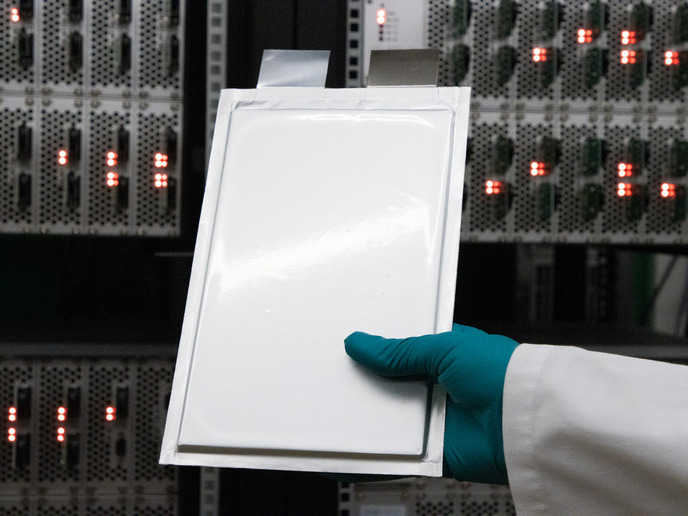New tech ahoy for safer ship evacuations
The two most prominent passenger ship accidents in recent years – the Costa Concordia and the Sewol ferry – resulted in 32 and 304 deaths, respectively. In both cases, delayed and disorderly evacuations contributed to the tolls. These incidents highlight a need for improved evacuation management. Currently, neither passengers nor crew can be located. People could be trapped in inaccessible areas of a ship, yet rescue authorities would not know. The EU-funded LYNCEUS2MARKET project provided technological solutions to these problems. The venture was an extension of a previous EU project, LYNCEUS. The earlier undertaking created technologies for localising and tracking people during shipping emergencies, and tested the equipment at laboratory and pilot scales. The new project united industry players, to continue development and realistically test the technologies in preparation for market release. Tracking passengers All project technologies advance the state-of-the-art. They fall into two categories. “First are systems for on-board passenger and crew localisation and tracking during emergency evacuation,” says project coordinator Melinda Kuthy. A network of wireless nodes throughout the ship detects smart devices issued to passengers, including key cards, life jackets and bracelets. All devices upload information in real time to a centralised decision-support system on the ship’s bridge; life jackets and bracelets also monitor passenger heartbeats. Every individual can thus be accounted for and remotely assessed for medical needs. Senior staff would use the system to display the locations of all personnel and determine the best course of action under given circumstances. For example, the decision-support system may recommend guiding evacuations around a hazardous part of the ship. “Our second set consists of search and rescue systems for locating passengers and crew after abandoning ship,” adds Kuthy. Electronic signals from search drones activate radio beacons on life jackets. In addition, the team developed life jacket patches that reflect radar signals. The positions of any passengers in the water can therefore be triangulated regardless of time of day or visibility. This information is also uploaded to the central control system. Hence, survivors are more likely to be rescued before the onset of hypothermia. Refinement and testing LYNCEUS2MARKET researchers significantly advanced the earlier technologies in terms of design, miniaturisation, network interface and power management. The devices are now small, cheap and convenient. The system is also compatible with existing types of bracelets and key cards. The team furthermore refined aspects of the control system, including data feeds, passenger database formats, visualisation modules and situational awareness algorithms. During the largest ever test of its kind, researchers released overboard 200 dummies wearing life jackets. All were rapidly located and retrieved. In addition, the control system was installed and successfully operated on a large cruise ship. Users, including passengers, reported high levels of acceptance and satisfaction. The team continues negotiations with end users. The final systems should soon be ready for market uptake. Eventually, the system may also be expanded beyond maritime rescue contexts, to other applications such as ski fields and amusement parks. Project developments will make ship evacuations more orderly and faster. Therefore, passengers will be more likely to abandon a ship safely. If anyone does enter the water, the new systems will facilitate their prompt rescue.
Keywords
LYNCEUS2MARKET, ship, evacuation, emergency evacuation, tracking, control system, passenger and crew, search and rescue







